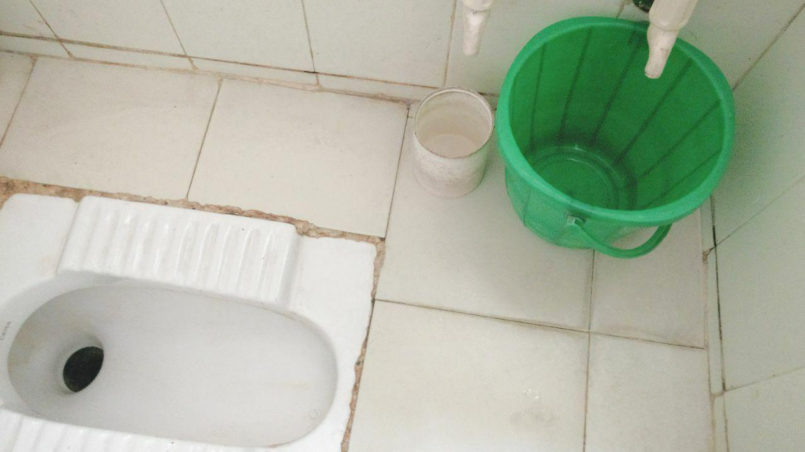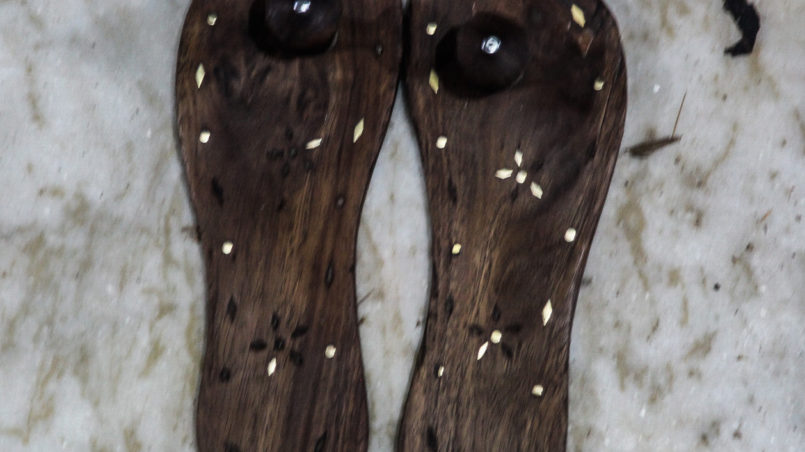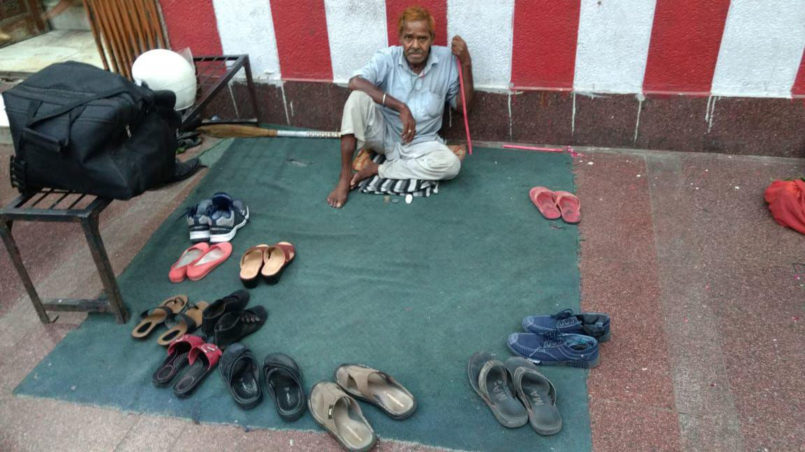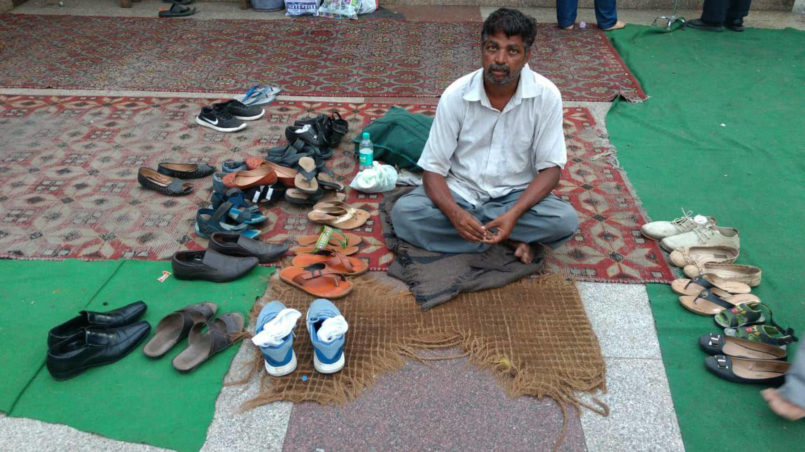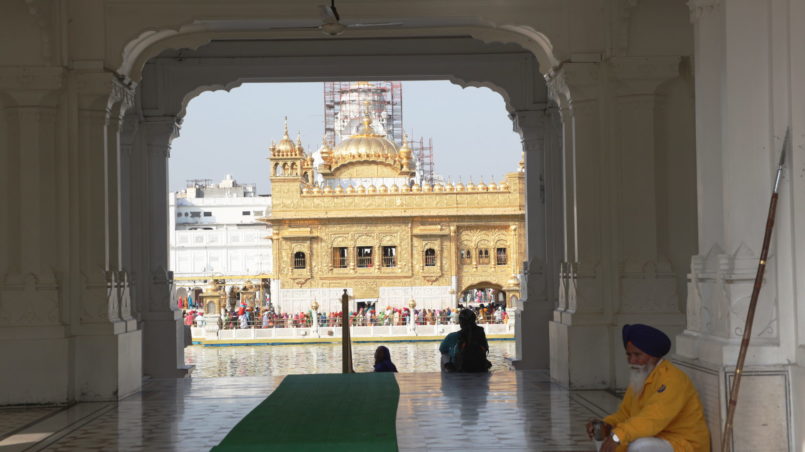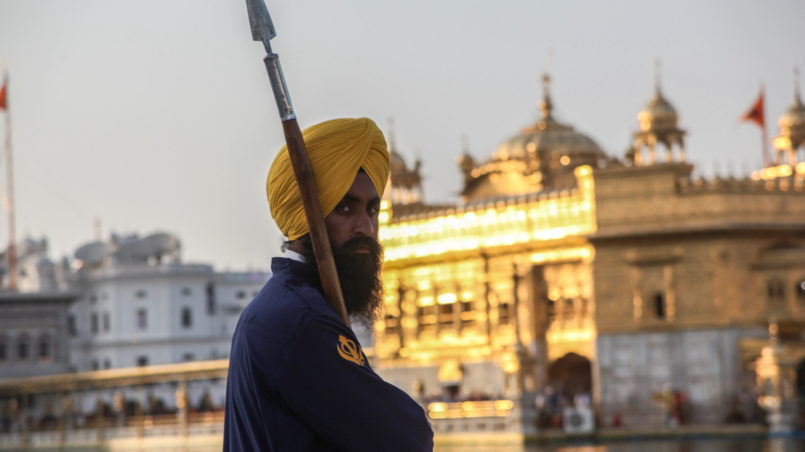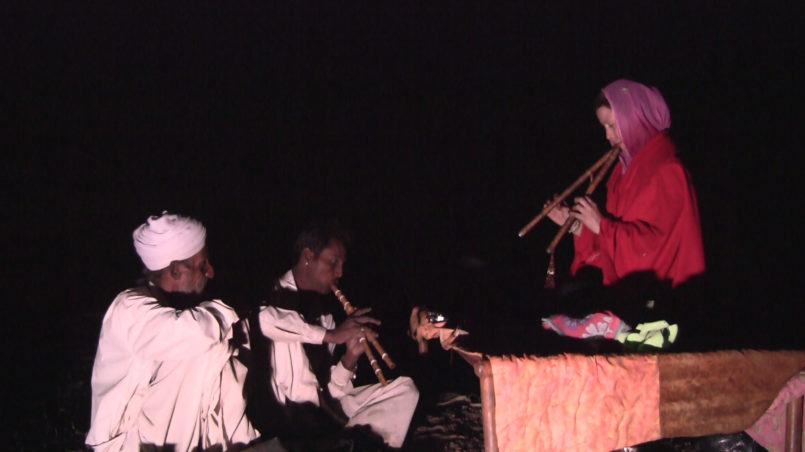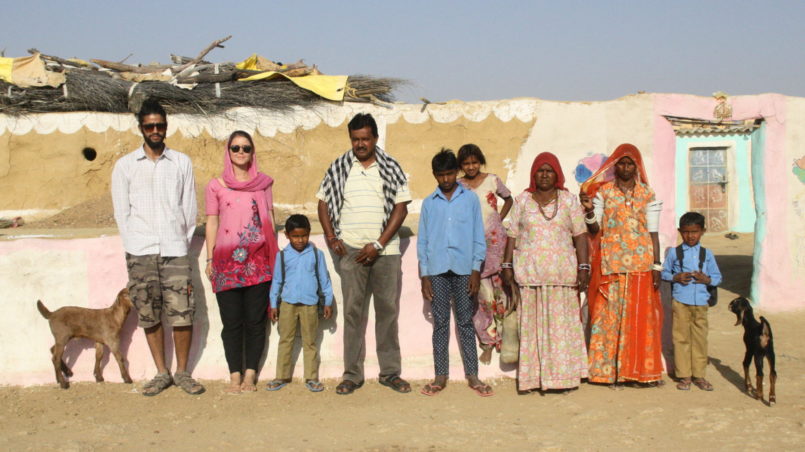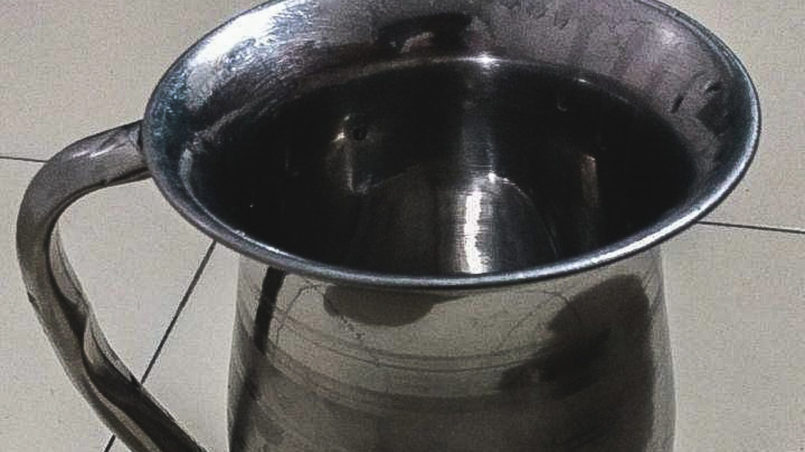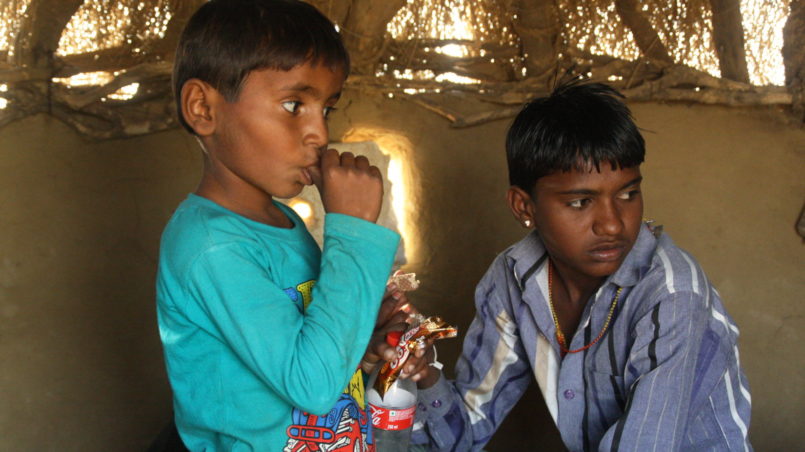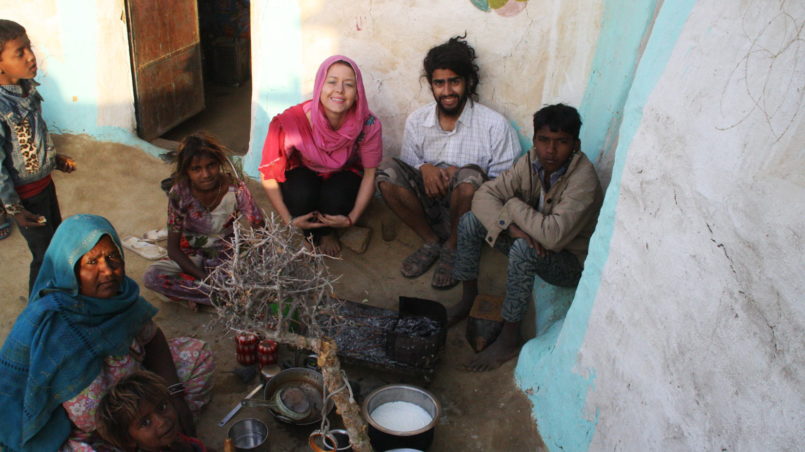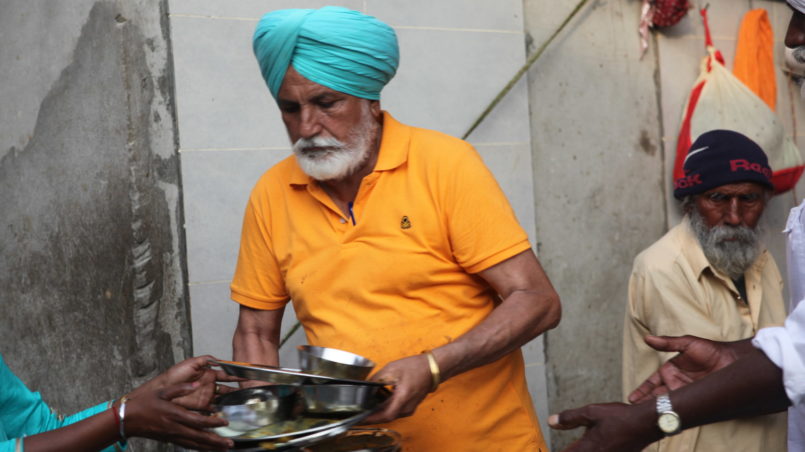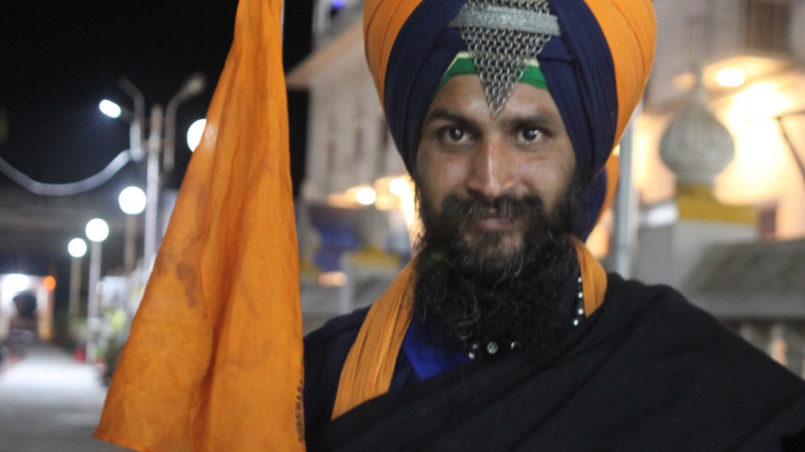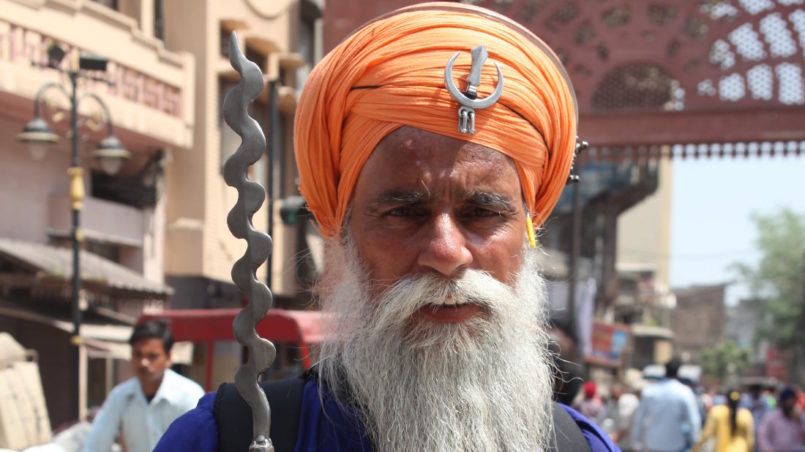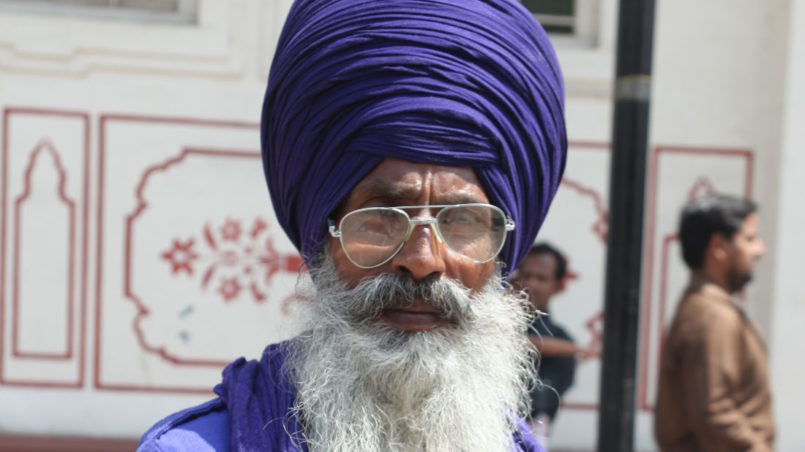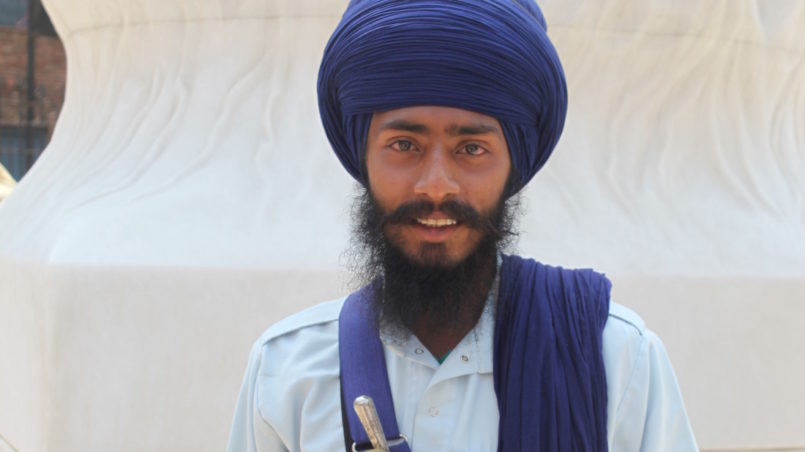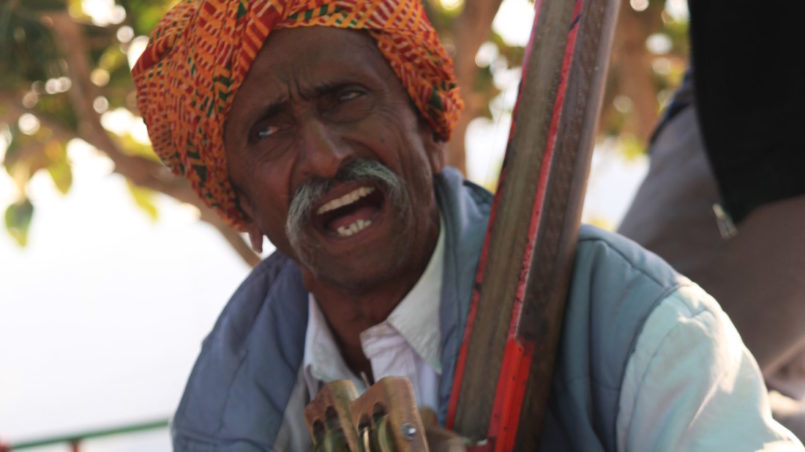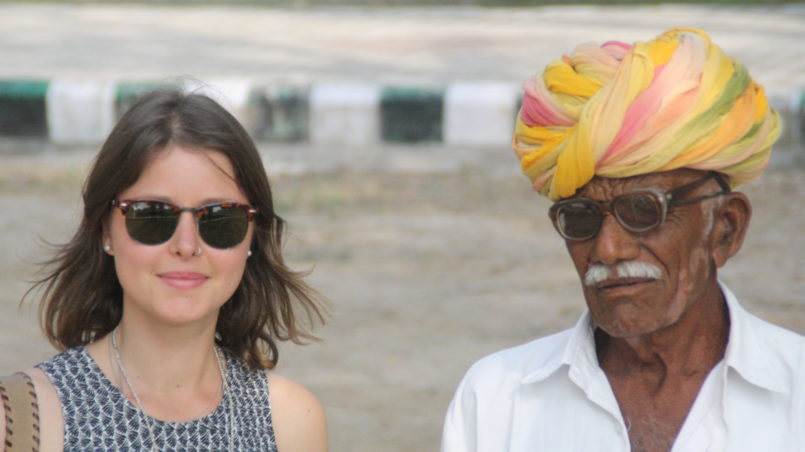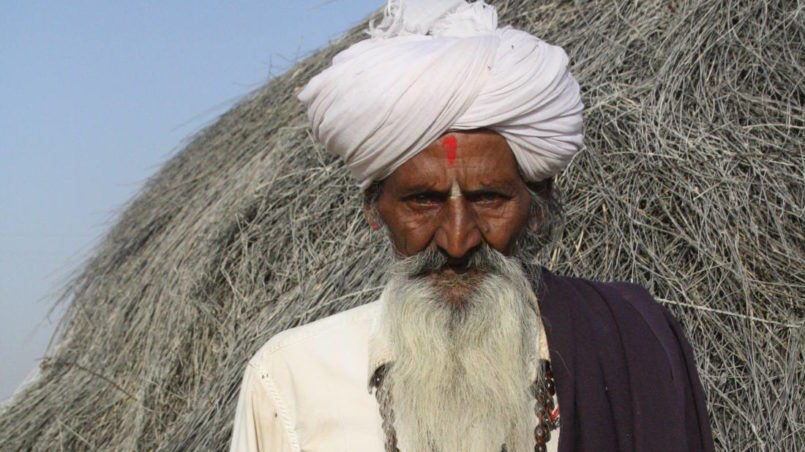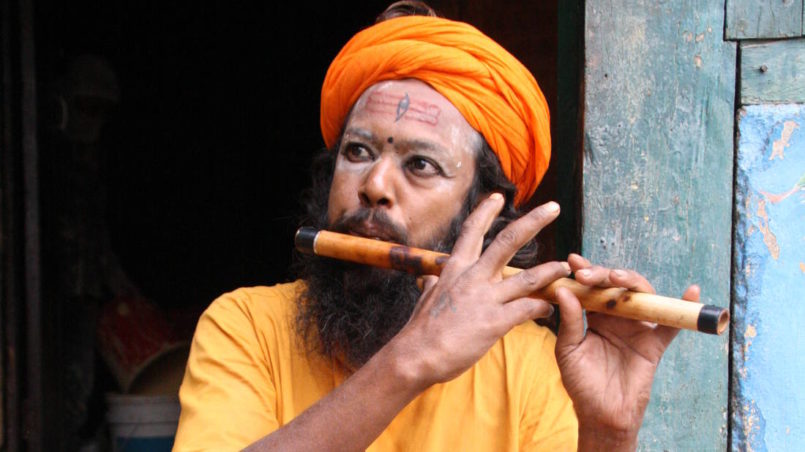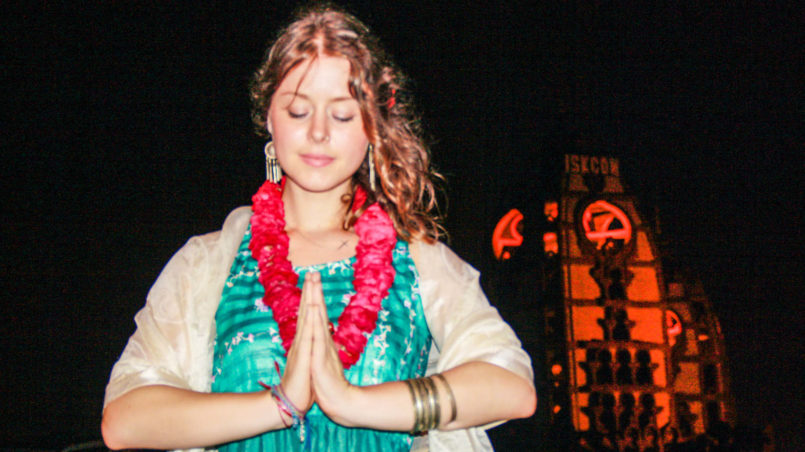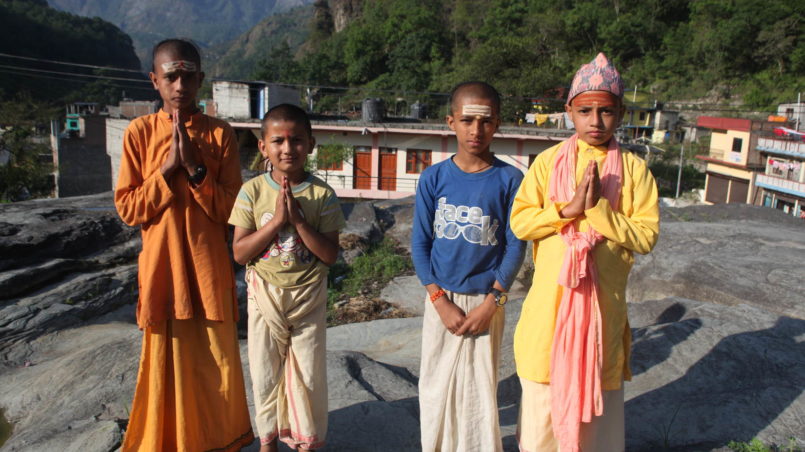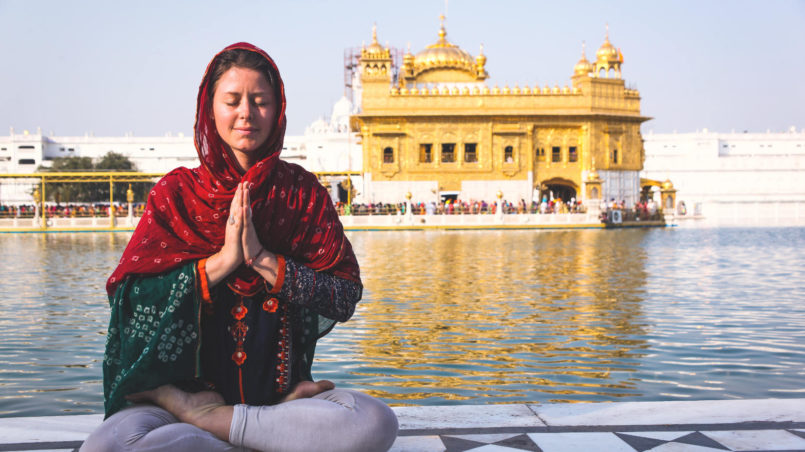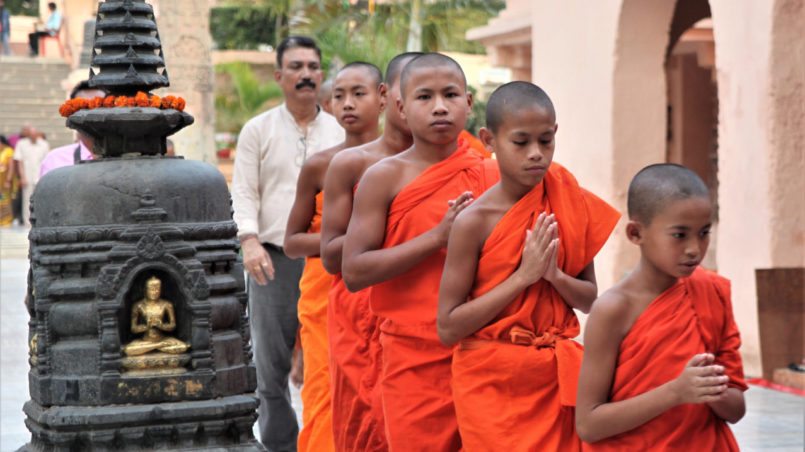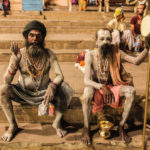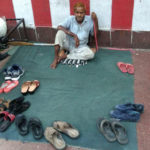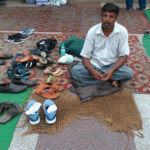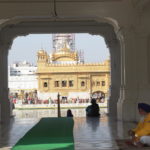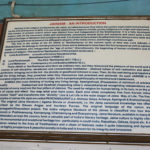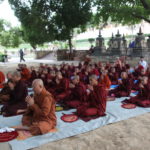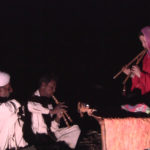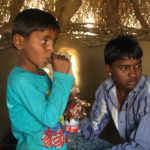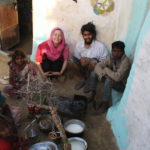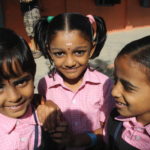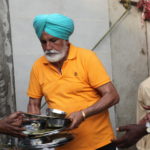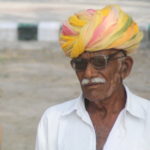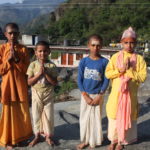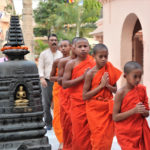Different Countries, Different Customs
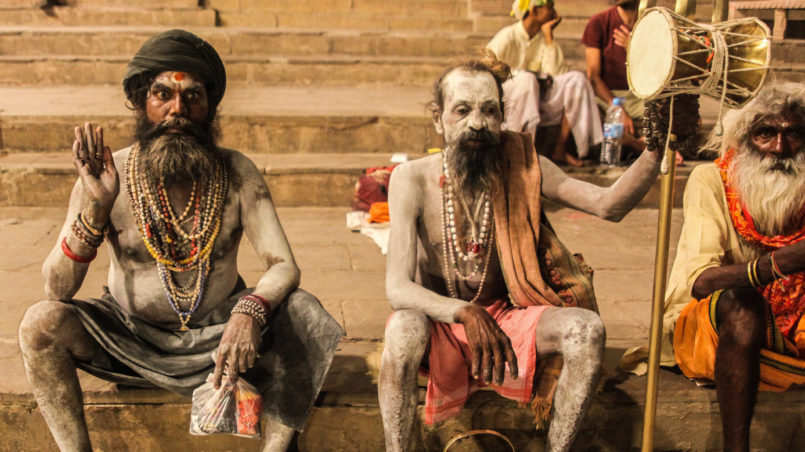
After spending a lot of time in India, I’ve learned about many different customs. Some seemed logical to me while others didn’t. I was lucky to meet a very special and patient man who explained every rule, custom, and regulation of his home country to me. During this whole period of time, the question, “Why?” was the most prevalent question, as everything was so new, different, and breathtaking.
Here, I would like to share with you a few insights into Indian customs:
First of all: Indians aren’t dirty. It’s true that most of them don’t use toilet paper, but this is more economical, clean, and beneficial for the environment. They have bidet showers or a toilet with a stream everywhere, and if there’s no “bum gun” as it is called, then there’s a bucket. If there’s only a bucket, for example, in rural areas, then they’ll follow a very specific procedure (in case you ever wondered like me): with their right hand, they hold the bucket and pour the water, and with the left, they clean themselves. Afterwards, they wash their hands: first with water, then with soap, then again with water and again with soap. In places where there isn’t a lot of water, they’ll use firewood ash, as carbon is a super absorbing material. Hence. the right hand and never the left hand is used for eating and for receiving Prasad (consecrated food) in the temple.
When going into a temple, you are never allowed to take your shoes inside – regardless of whether you’re wearing them, holding them, or carrying them in your bag. In Amritsar, Punjab, at the famous Golden Temple, every time I entered, I was asked for my shoes and my bag was checked. Not taking your shoes inside a temple is a strict rule, because, in many religions like Hinduism, Buddhism, and even Jainism, shoes are considered dirty and impure, whereas the temple is considered as pure and holy. In front of every temple, you will find a place where you can leave your shoes, mostly for free or for very little money; otherwise, you can also ask at a nearby shop if they will keep them for you.
When visiting a Jain temple, it’s mandatory to wash your feet and even your mouth before entering, as they’re very keen on keeping bacteria outside. It’s also not allowed to bring any leather items or even your camera inside. Actually, people who practise Jainism strictly follow the law of “Ahimsa”, non-violence, and, because of this, they sweep the path ahead of them while walking or before sitting down, in order not to kill any form of life accidentally. They also cover their mouth in order to prevent the accidental swallowing of any germs or tiny insects.
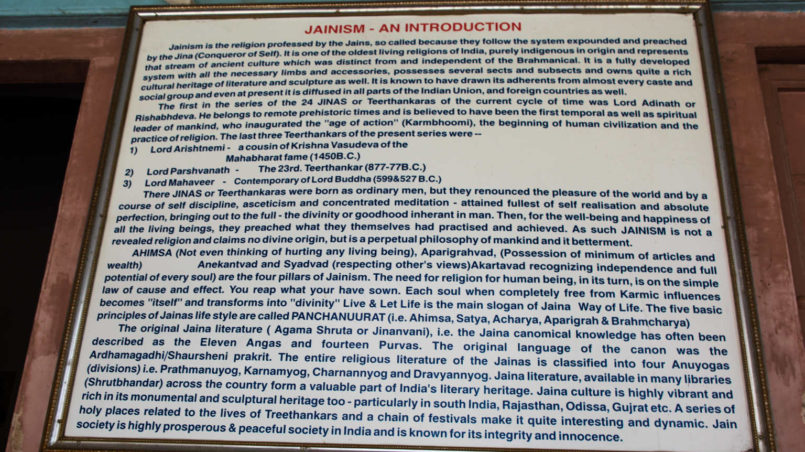
It’s strictly forbidden to point your feet towards the statues in the temple, or even to elderly people and teachers, as this is regarded as a sign of disrespect. Hence, try to sit crossed leg or with your feet pointed in the other direction. And if a person is sitting on the street – and you’ll find many people doing this in India – never step over any of their body parts as this again is a sign of disrespect, but rather walk around them. In Thailand, I once stepped over the foot of a man, rather than making a circle around it, and the man began shouting at me – at that time I didn’t understand why.
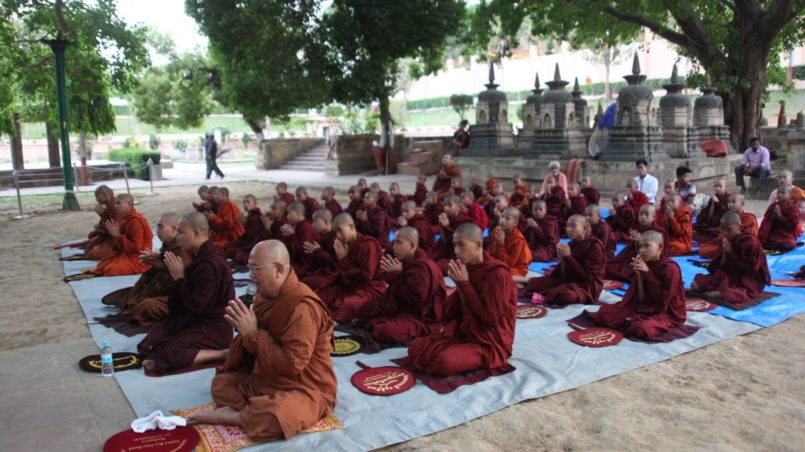
When attending a ceremony or visiting someone’s house, it’s a custom that the guest is fed with something small, like e.g. sweets. The host will come and offer you the food from his hands. If there’s more than one host, then more people will feed you. This happened to me when visiting a small village in the Thar desert of Rajasthan: as it’s very disrespectful to say no, at least 15 people fed me. This might seem weird to us Westerners as most of us are very concerned about parasites and bacteria and that is correct. However, I believe that life is all about experiences and mostly I try to live by the rule of a foreign country, I live how the locals live – to get the most out of it.
When sharing a water bottle with an Indian, even if it’s your friend, don’t “kiss” the bottle, i.e. put your mouth on the bottle. Indians are used to drinking without touching the glass or the bottle; it’s a great skill to learn, a little bit tricky at the beginning but much more hygienic.
If you’re invited to someone’s house, as a guest, you’ll be treated like a king, as for Indians the guest is seen as a God. Be prepared that they’ll cook a lot of awesome food for you, serve you, watch you while eating (maybe take a few pictures and selfies with you), and only when you’re finished will they themselves eat. They’ll even give you the best room in the house, even if this means that they might end up sleeping on the floor.
You’ll see women, children, and even men with “greasy” hair – it’s not because they don’t wash themselves but because it’s a custom to put oil in their hair daily. That’s probably also the reason why Indian hair is so well-nourished.
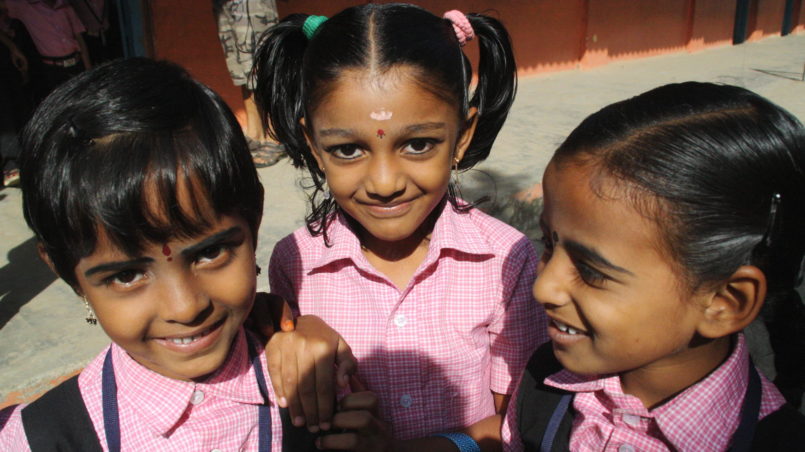
Sometimes you’ll see a whole family, mostly males, with a shaved head. Be careful about what you say, e.g. “nice haircut”, as shaving one’s head means that someone in the family died …
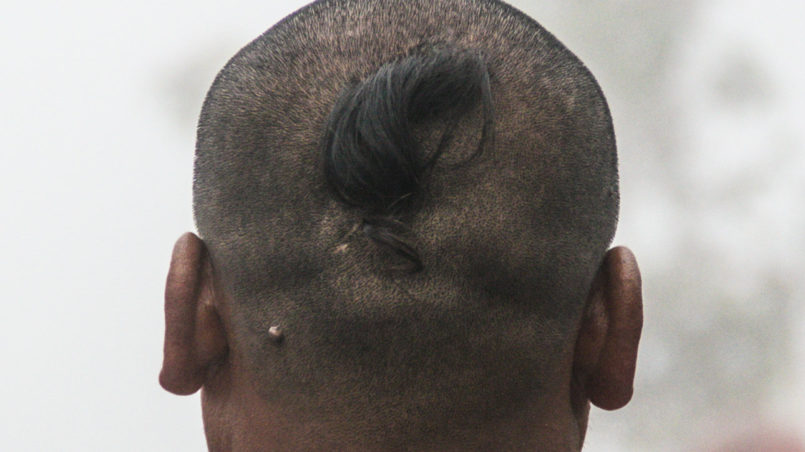
People wearing a turban in India do it either because of the extreme heat, to protect the head from the cold or because they belong to a religion called “Sikhism“. Sikhs aren’t allowed to cut their hair anywhere on their body: they wear a turban and sometimes even carry a spear, a knife, or a sword as they belong to the clan of warriors. Sometimes, even women follow this custom very strictly.
In India, “black magic” is common. At times, at large crossings, busy or even isolated streets, you might see a little fire or some lemons with chilies. Don’t step over it, as it’s said that every person who does so might have some “bad luck” from the spell. Also don’t let random people read your palm, as people who practise black magic can take energy from you.
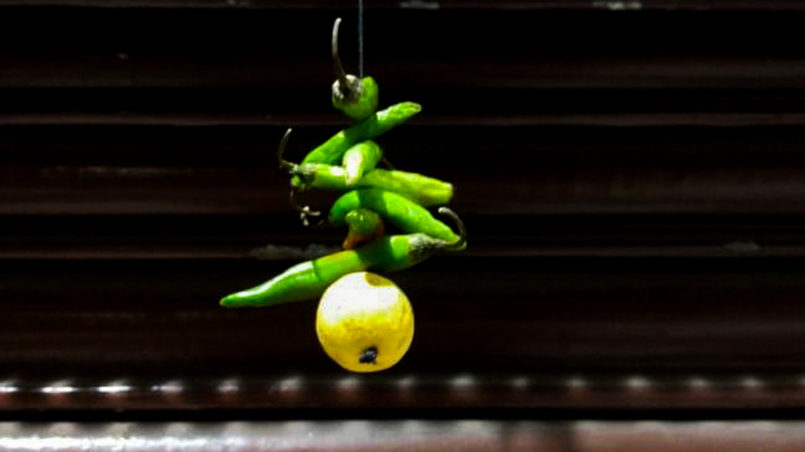
In India, it’s not a general custom to shake hands, although nowadays it has become more common. But traditionally folding your hands in a prayer pose and saying Namaste is the general greeting. Namaste means as much as greeting the God inside of you. If a man tries to shake hands with a woman, it’s seen as something sexual – as men and women don’t generally touch each other in public in India. Better to try to avoid this and just say Namaste.
I hope that this will help fellow Westerners who travel to India to become more aware and understanding of their customs.

